10 Most Wasted Grocery Items In America, According to a New Survey
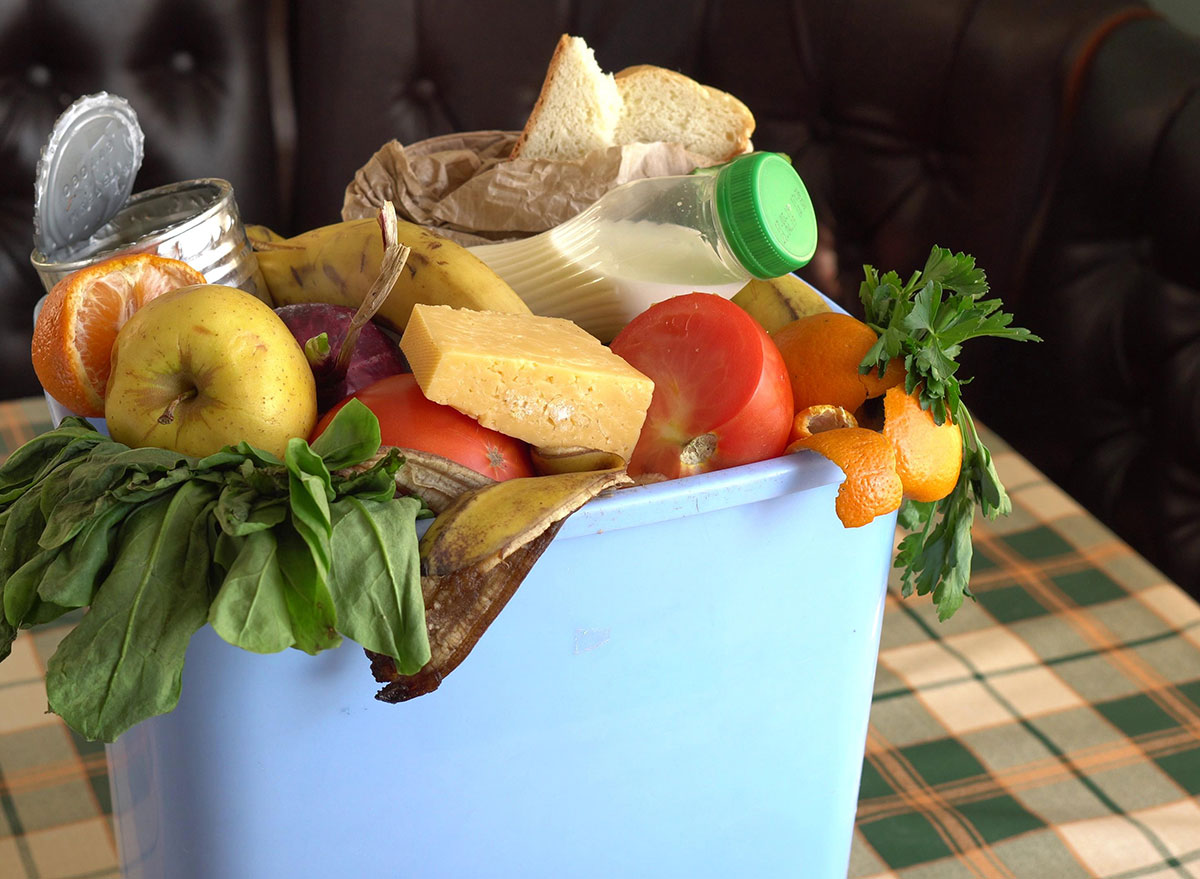
It’s no secret that Americans are wasteful, especially when it comes to food. Nonetheless, the statistics are always staggering. About one-third of the entire food supply gets thrown away every year, according to the United States Department of Agriculture (USDA). We’re talking about over 100 billion pounds, totaling well over 100 billion dollars worth of food, all lost to the nation’s landfills.
Maybe the most memorable factoid is the oft-repeated one, which helpfully puts America’s food waste problem into a context that average Americans can actually understand: sports. Every day, Americans throw away enough food to fill an entire 90,000-seat football stadium. Talk about turnovers!
A new survey this week attempts to clear up some of the reasons behind our collective food fumbles, and it goes into detail about which exact items are most prone to waste.
The survey of 2,000 adults, conducted by market research company OnePoll and meal-kit company HelloFresh, found that 70% of respondents are trying to cut down on food waste and 73% are riddled with guilt about it. Yet, 38% admit to throwing away food just because they don’t feel like eating it, 35% often forget about their leftovers, and 22% are unsure about how to store foods to keep them fresh.
Of course, some foods tend to wind up in the trash more than others. According to the survey, Americans are mostly struggling to make use of the following items—counting down to the most commonly wasted.
Carrots

Bugs Bunny would be ashamed. The famous cartoon character’s trademark snack is nutritious, delicious, and pretty darn hardy, too. In fact, carrots can last two to three months in the fridge, if you store them properly, according to Food52 “Kitchen Scientist” columnist Nik Sharma. Yet, 14% of survey takers copped to tossing them out. What’s up with that, doc? One possible explanation: the proliferation of pre-peeled baby carrots, which can quickly turn to orange mush if left to linger for too long.
Meat

Americans consume an ever-increasing amount of meat, rising from 235 pounds per person in 2014 to 264 pounds by 2020, according to a University of Illinois study. Yet, this new survey suggests that we’re not eating enough! About 15 percent of respondents cited meat among their most commonly wasted foods. The relatively short fridge life probably plays a role in that. Raw ground meats are only good for a day or two, while steaks and chops can last three to five days, according to the USDA. After cooking, finish off your leftover beef, poultry and seafood within three to five days, the agency advises.
Eggs

Here’s another head-scratcher. Even amid “eggflation,” when prices are high and supplies are low, some consumers are still letting them go to waste—16% of respondents, according to the survey. Eggs can last three to four weeks in the fridge, according to USDA. In fact, they often outlast their “sell by” dates. Pro tip: “[l]eave them in their carton and place them in the coldest part of the refrigerator, not in the door,” per USDA.
Deli items

You were really looking forward to that ham sandwich. Then you went to the fridge and made a grisly discovery: the cold cuts that you just bought have suddenly turned slimy, a sign of spoilage. This happens all too fast. A sealed package of lunch meat is good for up to two weeks in the fridge, according to USDA. But once it’s opened, the clock is ticking. Eat it within three to five days or it’s a lost cause. About 16% of survey takers found out the hard way.
Avocado
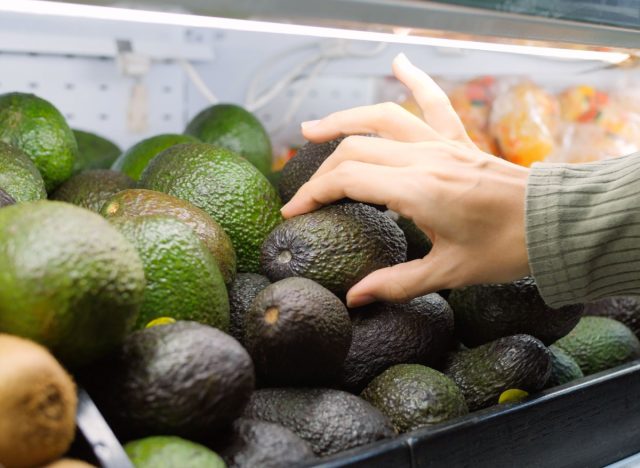
The avocado can be a finicky thing. One day, it’s bright green, rock hard, and impossible to crack. The next day, it’s jet black with sagging skin and a mushy brown mess inside. Even if you’re lucky enough to find the sweet spot between unripe and overripe, you might only need half of that fruit to grace your toast. Quick! Figure out what to do with that other half, or forget it. No wonder that 17% of survey respondents end up pitching them.
Ripe avocados can last two to three days in the fridge, while unripe ones need four to five days out on the counter just to become edible, according to the U.S.-based trade group Avocados from Mexico. Use lemon juice and plastic wrap to help preserve any uneaten halves.
Bread

Has your French baguette gone stale? Quel dommage! You could turn it into something useful, like breadcrumbs or croutons. Or, you could do what most people do—including 21% of survey takers—and scrap it. Store-bought baked breads and rolls generally stay fresh for just two to four days at room temperature, per USDA. Want your loaf to last longer? Don’t stick it in the fridge. Get a proper bread box to keep out the light.
Apples
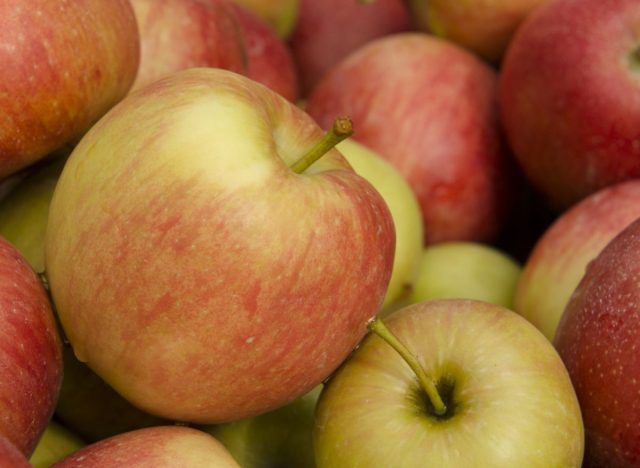
America’s love affair with the apple dates back centuries, and it still remains one of the nation’s most popular fruits. Americans consumed over 15 pounds per person in 2022, according to Statista. Despite all the adoration, it’s also one of the most common throwaways, say 21% of survey respondents—a national tragedy.
When stored properly, the hardy apple can stay fresh up to four to six weeks in the refrigerator. For best results, store in the crisper in perforated, plastic bags, and check them often for bruising, according to Wisconsin farm Apple Holler. That old saying about “one bad apple can spoil the whole bunch” isn’t just a folk tale. It’s science. The ethylene gas can quickly spoil adjacent foods, too.
Milk
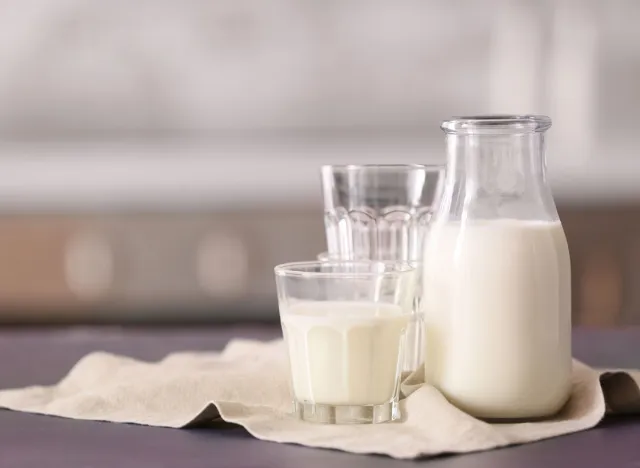
Americans don’t drink as much as dairy milk as they used to—consumption plummeted during the 2010s, according to USDA. Much of it, apparently, is going down the drain, with of 21% of survey takers citing the basic fluid among the most commonly wasted products.
Proper refrigeration is critical for both quality and safety, as even pasteurized milk can quickly spoil under the wrong circumstances, according to Clemson University. If stored the right way, below 40 degrees Fahrenheit, Grade A milk can retain its fresh taste for one to five days beyond the “sell-by” date.
Bananas
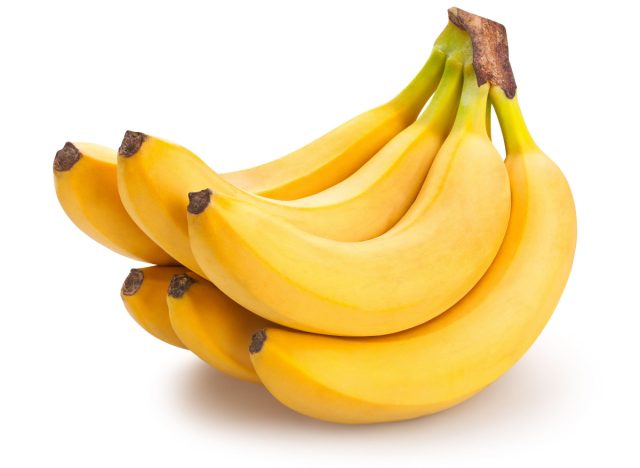
Bananas are the most-consumed fruit in the U.S.—over 26 pounds per person in 2021, per Statista. They’re also the most commonly wasted, according to 23% of survey respondents. If you’re storing them in your kitchen, that could be part of the problem. Bananas should be kept around 53 degrees Fahrenheit, according to international fruit giant Dole. In a warmer environment, they can ripen too quickly. “A darker room without direct sunlight is ideal,” the company advises. Also: keep them away from other fruits like apples and avocados, which otherwise hastens the ripening and rot.
Lettuce
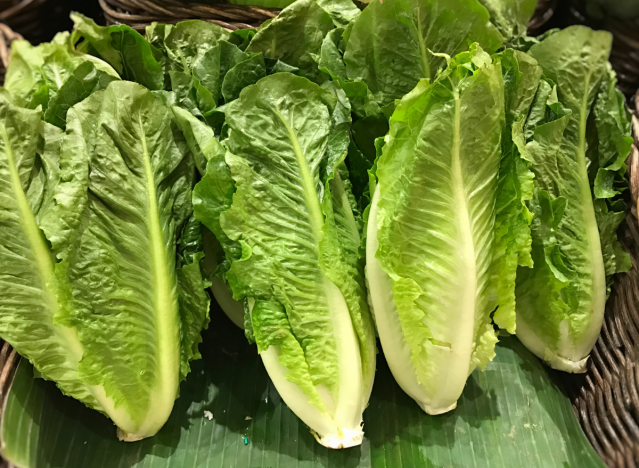
How many times has this happened to you? You pick up a package of fresh leafy greens, enough to prepare multiple salads over the coming days. But the lettuces don’t last beyond the first bowl. By round two, they’ve turned smelly and slimy. It’s a common plight: 27% of survey respondents identified lettuce as the hardest food to use up.
Cookbook author Melissa Clark has a helpful trick, previously telling this reporter: “You put a dry paper towel in the ziplock bag with your salad greens and it absorbs the excess moisture and it’ll keep for a week.”









